Choose the perfect journal, and it may just be your new best friend.

Photo: Mossery
Journaling has become increasingly popular over time, and for good reason. It offers a wide range of benefits, including mental health improvement, increased productivity, enhanced creativity, and better memory, among many others. However, to start journaling, it is crucial to choose the perfect journal for your needs.
While there are plenty of journal options available in bookstores, it can be overwhelming to pick one that suits you. One way to make the process easier is to select a journal based on your purpose.
Here are 6 things to consider while choosing the perfect journal.
1. Type of Journal Paper
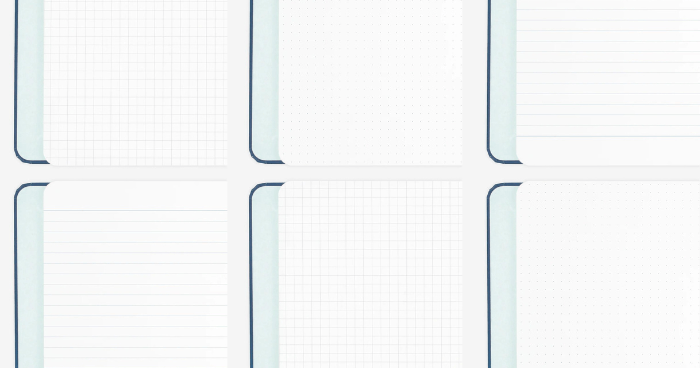
Photo: Mossery
Consider how you will be using your journal, as it will help determine the type of pages you might need. If you plan on primarily writing, then journals with lined pages may be ideal. However, if you don’t like the idea of lined pages or want more flexibility, then grid or dot grid paper might be better options. Grid paper can help keep things aligned while also providing more structure than blank pages. Meanwhile, dot grid paper provides some guidance without being too distracting. Blank pages are great for those who want to draw or sketch in their journals.
2. Journal Paper Thickness
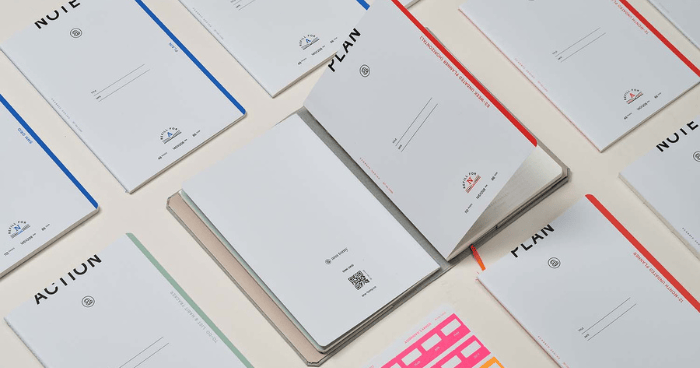
Photo: Ana Tomy
What is your paper GSM? GSM stands for grams per square meter and it tells you how heavy or thick your paper is. This is important to consider based on your writing instruments and preferences.
Common notebook paper weighs 75-90 GSM. If you use liquid ink pens, choose a thicker paper to prevent ink from bleeding through the page. A paper weight of 120-140 GSM is a good average, providing sturdiness without being too heavy. However, if you plan on painting or using watercolour, you’ll need a thicker paper with a weight of 200-400 GSM.
3. The Perfect Journal Size
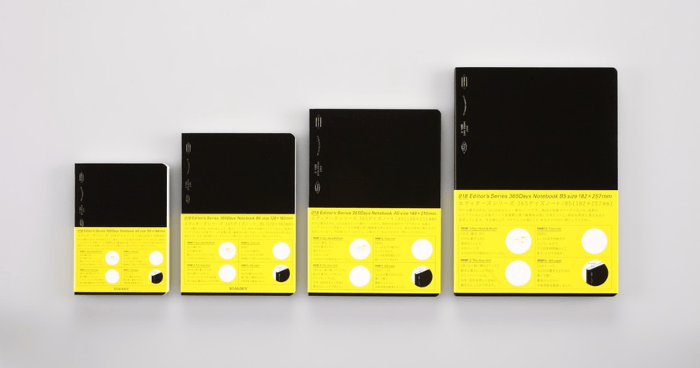
Photo: Nishura East
To choose a perfect journal is to choose the right size (for you). There are many options available, ranging from the most common A5 size, to B5, A6, A4, B6 and more. When making a decision, think about the purpose of your journal.
If you want a compact and handy journal, consider B7 or pocket notebook size. These can fit in your pocket and are easy to carry around. A6 can be a good size for your everyday carry journal, providing enough space to take notes or write. Both of these sizes are great options for a travel journal.
A5 is the most common journal size and can serve many purposes. If you plan to fill the pages with writing, A5 prevents you from endlessly turning pages. It’s a comfortable size to journal, plan, organise, draw or whatever you wish. For larger creative ideas, sketches and drawings, A4 size provides you with more space. Remember to choose a size that works for your needs and purpose.
4. Journal Binding
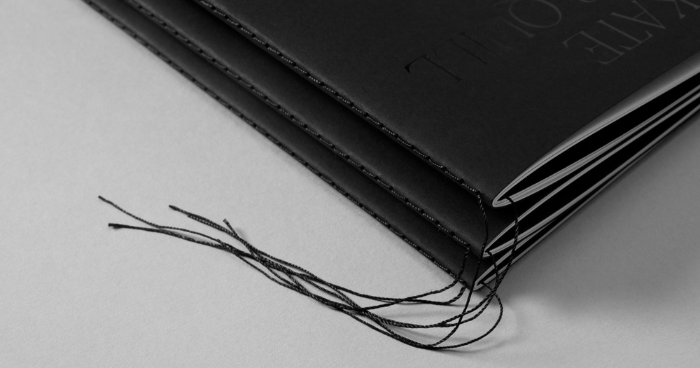
Photo: Bambra
To help you choose the binding for your journal, let’s explore the different options and their uses.
Case binding is highly durable and can lay flat on a table, making it perfect for hardcover journals. However, it may be more expensive and heavier. Perfect binding is similar to case binding, but it’s cheaper and has slightly lower durability. The cover is glued to the spine of the book block, so it doesn’t lay flat on the table.
Spiral bound journals are great for laying flat on any page and easier to tear off pages. However, the spiral can sometimes get in the way of writing. Stab-binding is perfect for those who love homemade journals or artisan paper. It gives your journal a unique finish. However, it requires more gentle handling, so it is best kept at home.
If you love writing on the go, a top-bound journal would be handy. Just think of a reporter’s notebook. It’s small and compact, making it easy to carry around with you wherever you go. Each binding has its pros and cons, so pick one that suits your needs.
5. Journal Cover

Photo: Mossery
There are plenty of options to choose from when it comes to aesthetics, but don’t forget to also consider the function of your journal.
Hardcover journals are more durable and better for taking out and about. Soft cover journals may be less durable but are more flexible and less expensive. They also typically weigh less (depending on the thickness and number of pages).
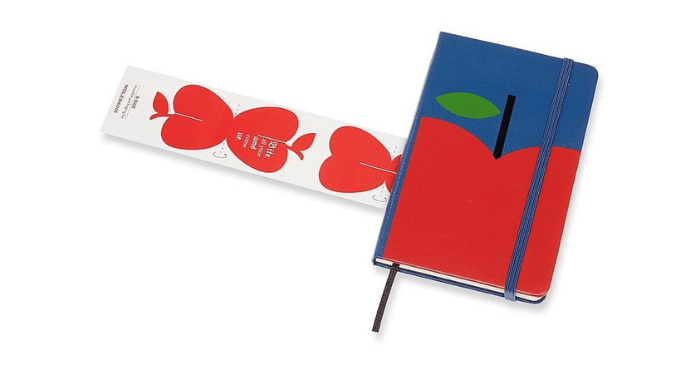
Photo: Kinokuniya
One popular option is the Moleskine journal, which has a simple but stylish leather-like cover with an elastic closure and ribbon bookmark tied to the spine. It is often very durable and great for everyday use.
Some bookstores sell covers separately, which can be a good investment. Once you finish the content, you can simply buy new refills and interchangeably change the covers whenever you like. Go ahead and consider Mossery.
6. Pre-formatted or Unformatted Journals
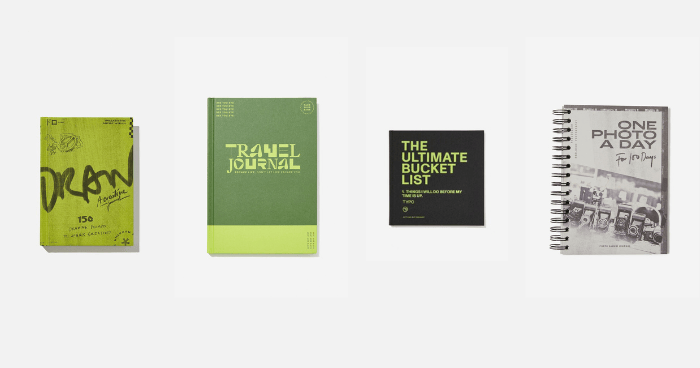
Photo: Cotton On
It all depends on your preferences. When thinking about your journal’s purpose, it may also help to consider if a pre-formatted journal would better fit your needs.
More and more personalised journals have entered the market. Pre-formatted journals are designed for specific purposes, such as travel journals, food journals, morning pages, drawing prompts journals, photography journals, and many more. This can help you focus and make it easier to track your progress. It is definitely a great option for those who like to be more organised.
There is also the option to customise your journal with half-blank pages and half-brown paper, a grid, or any other type of paper you want. The more personalised it is, the more likely you will enjoy using your perfect journal.



